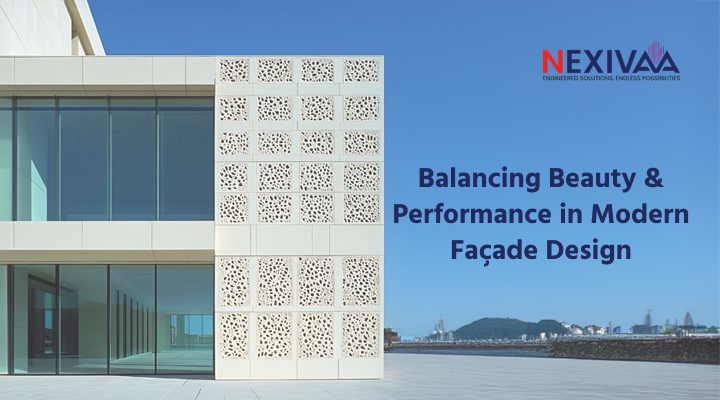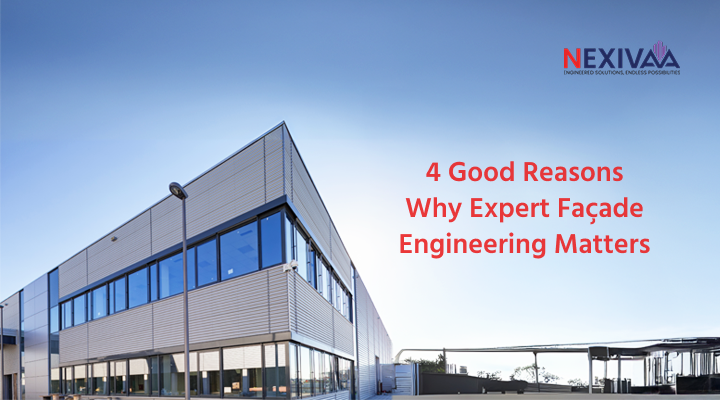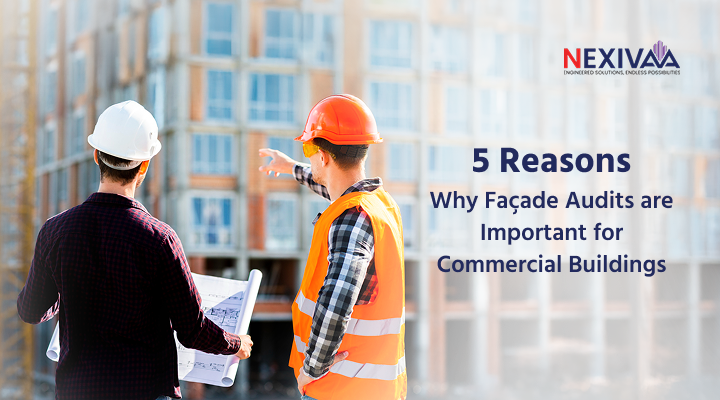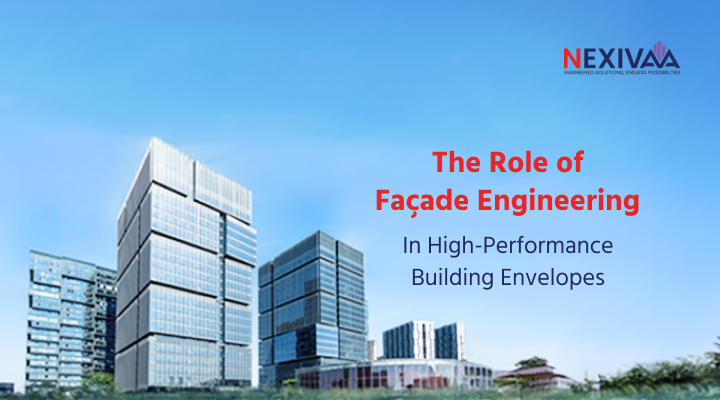Modern cities are growing at an unprecedented pace, and with that growth comes a significant responsibility: building sustainably. Today’s architecture is no longer about creating structures that stand tall; it is about designing buildings that harmonize with the environment, reduce energy consumption, and enhance quality of life. One of the most effective ways to achieve these goals lies in sustainable façade design.
A building’s façade serves as its protective skin, shielding interiors from external weather conditions while creating a distinct identity. But beyond aesthetics, façades have evolved into high-performance systems that drive energy efficiency, optimize natural lighting, and regulate indoor climate. The expertise of a façade design engineer, combined with innovative façade engineering services, ensures that modern façades deliver both environmental and economic value.
The Role of Façade in Modern Architecture
Façades define how a building interacts with its surroundings. They influence thermal comfort, energy performance, and even occupant well-being. In commercial façade design, for example, businesses increasingly demand façades that reduce operational costs while reflecting a strong corporate image. A thoughtfully designed façade can:
- Reduce energy consumption through insulation and shading
- Optimize daylight penetration, minimizing reliance on artificial lighting
- Improve air quality and natural ventilation
- Enhance structural performance and durability
By blending engineering precision with architectural creativity, modern façades are no longer passive barriers; they are active contributors to sustainable urban environments.
Key Elements of Sustainable Façade Design
Sustainable façades incorporate a mix of innovative technologies and design strategies. Some essential elements include:
- High-performance glazing systems:
Reduce solar heat gain while allowing natural light. - Double-skin façades:
Provide thermal insulation and natural ventilation. - Green façades and vertical gardens:
Improve air quality, reduce the urban heat island effect, and support biodiversity. - Adaptive shading devices:
Adjust automatically to control light and heat. - Locally sourced materials:
Reduce embodied carbon and transportation costs.
Each of these elements requires expert input from a façade design engineer who can balance performance criteria with architectural intent.
The Growing Importance of Façade Engineering Services
With climate concerns driving policy and client demands, façade engineering services have become central to construction projects. Engineers provide critical guidance by:
- Analyzing building orientation, climate, and material choices
- Designing façades that meet thermal, acoustic, and structural performance standards
- Ensuring compliance with global sustainability certifications such as LEED or BREEAM
- Using digital simulations to predict energy performance and environmental impact
In short, façade engineers bridge the gap between architectural vision and environmental responsibility, making them essential partners in sustainable construction.
The Numbers Behind Sustainable Façades
Statistics highlight just how crucial façade performance is. According to the International Energy Agency (IEA), the building sector consumes about 30% of global final energy and accounts for nearly 27% of global CO₂ emissions.
Within that, studies show that poorly designed or installed façades can lead to up to 40% higher energy use compared to high-performance alternatives. This makes façade-related decisions one of the most impactful factors in reducing a building’s carbon footprint.
By integrating smart technologies and sustainable materials, commercial façade design can significantly cut operational costs while meeting global climate goals.
Real-World Innovations in Sustainable Façades
Modern sustainable façades go beyond efficiency; they embody innovation. Some emerging trends include:
- Photovoltaic façades:
Panels integrated into building exteriors generate renewable energy. - Kinetic façades:
Dynamic systems that adjust to environmental changes in real-time. - Hybrid façades:
Combining natural ventilation with mechanical systems for optimized performance. - Bio-based materials:
Materials like bamboo composites or recycled metals for lower embodied carbon.
These advancements demonstrate the vital role of engineering expertise in translating cutting-edge concepts into real, functioning structures.
Why Sustainable Façades Matter for Businesses
For businesses and developers, sustainability is more than a moral obligation; it is a strategic advantage. A well-executed façade can:
- Lower utility costs by reducing heating and cooling loads
- Improve occupant health and productivity through better indoor environments
- Enhance brand reputation by showcasing commitment to green practices
- Increase property value through compliance with sustainability standards
As stakeholders increasingly demand transparency and accountability, sustainable façades provide both measurable performance and visible impact.
Why Choose Nexivaa
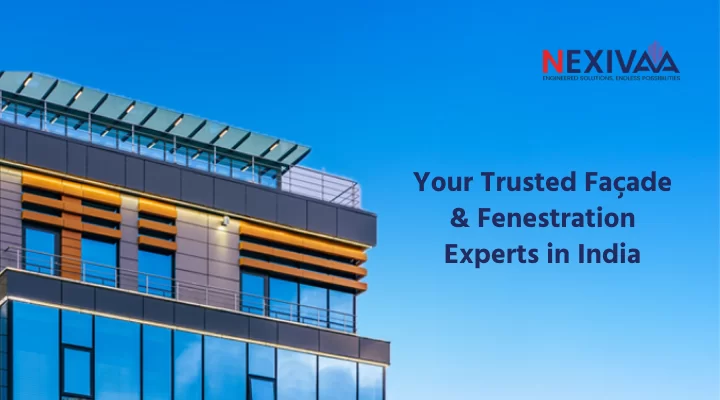
When it comes to sustainable façade and fenestration consultation in India, Nexivaa brings unmatched expertise and innovation. With a team of experienced façade engineers, we deliver customized solutions that balance performance, aesthetics, and long-term value.
This is what you get if you choose us:
- Tailored façade engineering services that meet global standards
- Expertise in commercial façade design for diverse industries
- Guidance from highly skilled façade design engineers with proven project experience
- Focus on sustainability, cost-efficiency, and cutting-edge technologies
- Comprehensive support from concept to completion
Nexivaa stands as the trusted partner for architects, developers, and businesses aiming to build greener, smarter, and more future-ready structures.
Contact us today to discuss your project’s façade needs and to learn more about our services.
FAQs
1. What makes a façade sustainable?
A sustainable façade minimizes energy consumption, uses eco-friendly materials, and enhances natural light, ventilation, and thermal comfort.
2. How does commercial façade design benefit businesses?
It reduces operating costs, improves energy efficiency, and enhances the corporate image while complying with green building certifications.
3. What role does a façade design engineer play?
They ensure the façade achieves thermal, acoustic, and structural performance targets while maintaining both aesthetic appeal and sustainability.
4. Are façade engineering services only for large projects?
No, these services are valuable for projects of all scales, from small commercial buildings to large urban developments.
5. Can sustainable façades really reduce emissions significantly?
Yes, energy-efficient façades can lower a building’s carbon footprint by up to 40%, according to global studies and industry benchmarks.


